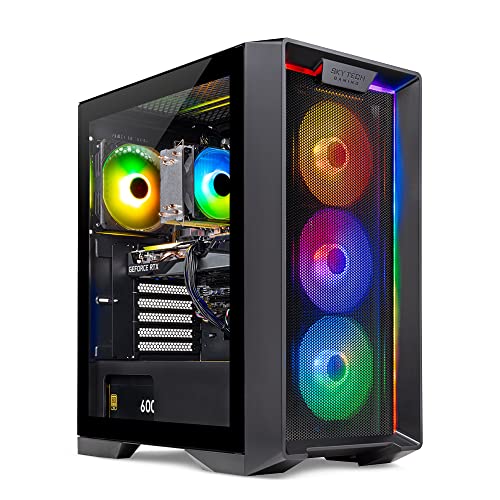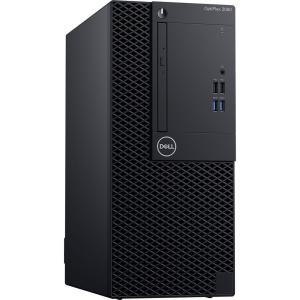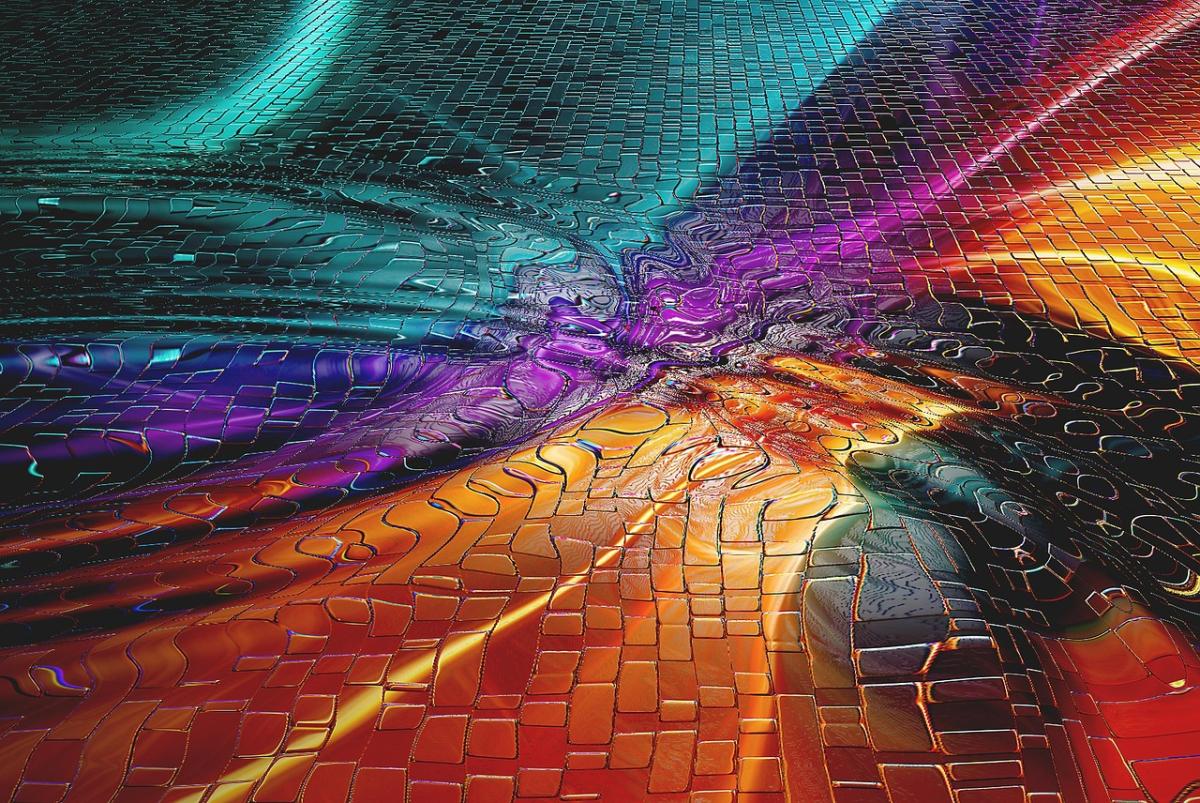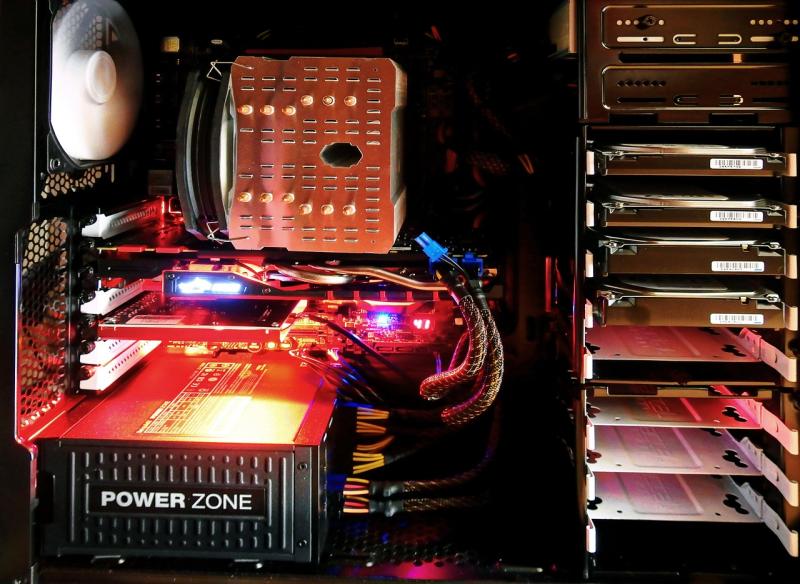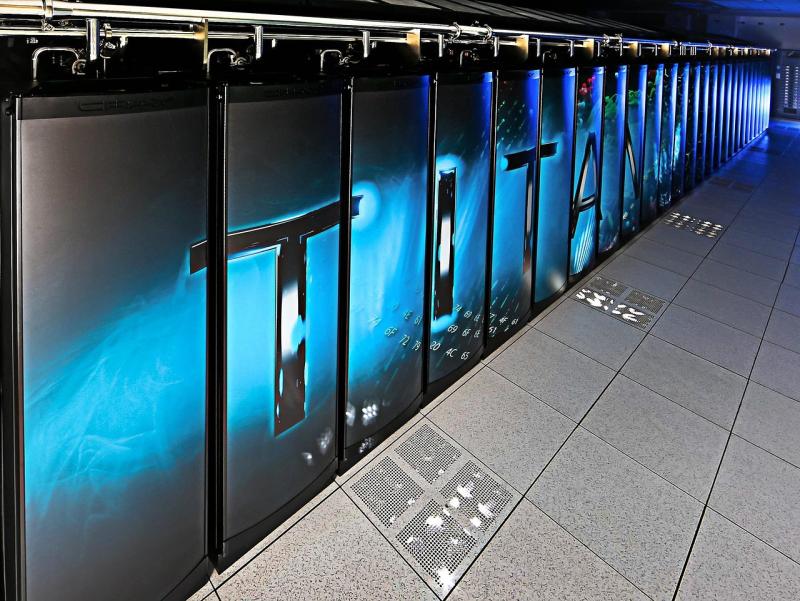**Introduction**
Virtual Reality (VR) is rapidly transforming how we experience digital worlds—from interactive gaming and artistic creation to immersive training simulations. However, to fully unlock VR’s potential, a computer system must be equipped with the right hardware to support high‑resolution displays, ultra‑low latency, and precise tracking. This article discusses how advanced VR headsets are integrated into high‑performance PCs, the necessary hardware optimizations, and the future trends that will further blur the boundaries between virtual and physical worlds.
**Technological Innovations**
- **Ultra‑High Resolution Displays:**
Leading VR headsets now feature OLED and high‑refresh‑rate panels that minimize motion blur, providing an immersive visual experience with exceptional clarity.
- **Low‑Latency Tracking Sensors:**
Integration of inertial measurement units (IMUs), infrared sensors, and external cameras ensures that head and hand movements are captured accurately, reducing lag and enhancing realism.
- **Optimized Graphics and Processing:**
High‑performance GPUs and CPUs manage real‑time rendering for VR, ensuring that even the most complex environments are displayed smoothly without compromising frame rates.
- **Integrated Connectivity Solutions:**
Innovative cabling and wireless transmission technologies ensure robust data transfer between the PC and VR devices, reducing noise and eliminating physical constraints.
**Applications and Benefits**
- **Immersive Gaming and Simulation:**
Provides a truly interactive experience, where every move is accurately tracked, and environments are rendered in real time for total immersion.
- **Professional Training and Education:**
VR integration allows for safe, realistic simulation in fields like medicine, aviation, and engineering, transforming how training and skill development are conducted.
- **Innovative Content Creation:**
Artists and designers can now create and interact with 3D digital content in a fully immersive environment, pushing the boundaries of creative expression.
- **Enhanced Interactivity and Engagement:**
Improved visual and tracking technologies create a seamless and engaging user interface, increasing the overall effectiveness of VR/AR applications.
**Future Directions**
Looking ahead, future VR systems will integrate even more advanced AI‑driven tracking and real‑time rendering adjustments, further reducing latency and enhancing realism. The push toward wireless VR will continue, with improved battery life and transmission protocols leading to truly untethered virtual experiences.
**Keywords:** VR headsets, virtual reality integration, immersive environments, high‑resolution VR, low‑latency VR, VR optimization, immersive gaming, advanced tracking, wireless VR
Advanced VR Headset Integration
Meeting the Demands of Immersive Environments
Related Articles
Essential High-Performance PC Components You Need Now
Upgrade your setup with the must-have parts for unbeatable gaming and productivity
Top Picks for Best High-Performance PCs
Find the perfect power machine for gaming, work, or creative projects
Your Guide to the Best High-Performance PCs
Find the Right PC for Your Gaming and Creative Needs
View our related products
See more